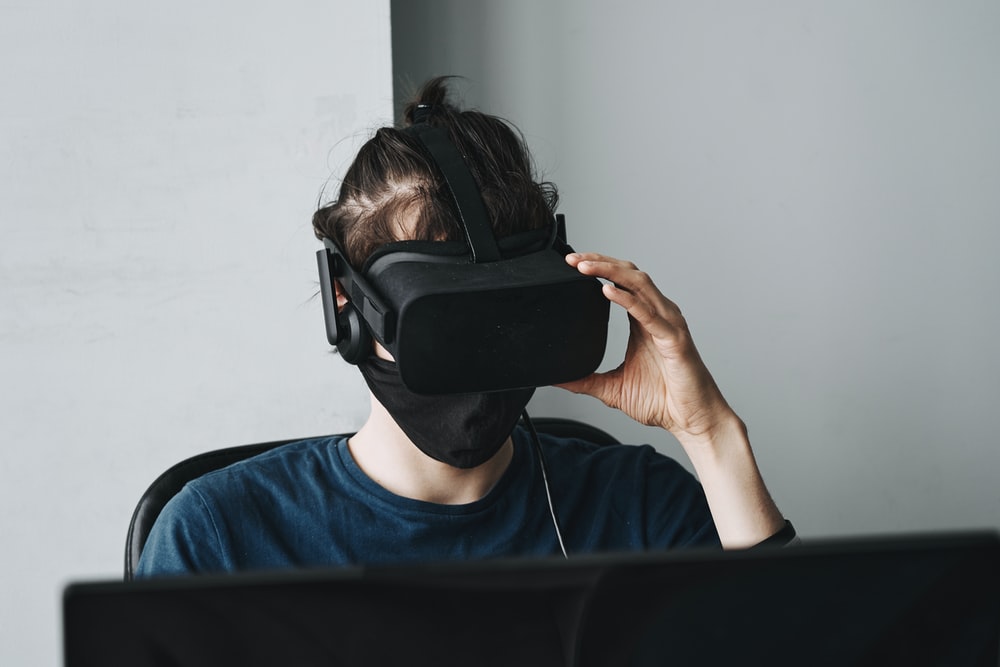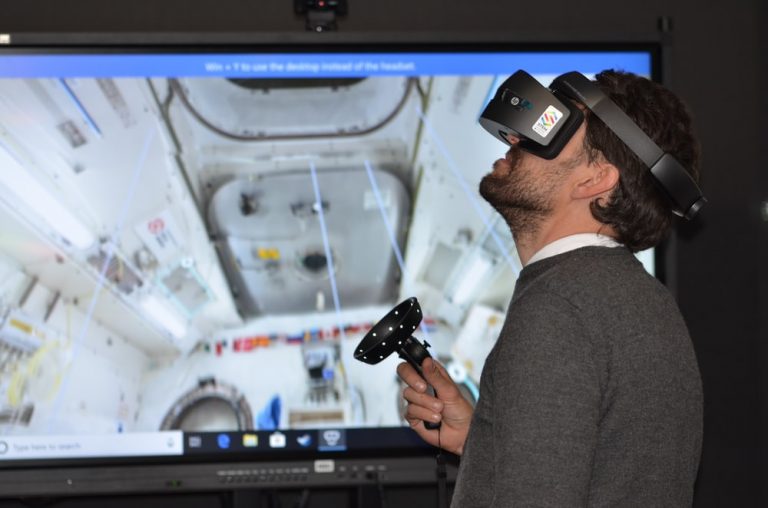With a new wave of pandemics, the way to the store and offline purchases are becoming problematic again, and online retail is becoming more and more important now. Digital commerce is growing at an incredible pace, outstripping all forecasts. Opportunities for online buyers are growing every day, fierce competition forces sellers to constantly improve their service. In the struggle for the wallets and hearts of buyers, new approaches and technologies are being used. One of these technologies is augmented reality in retail.
The market is moving online more and more often, driven by the COVID-19 pandemic. Due to lockdowns, digitalization in retail has gone much faster, outstripping all forecasts and exceeding any expectations. Now, almost every business goes online in order not to lose competitiveness and ensure a margin of safety.
With such active digitalization, competition in the digital space is also increasing. Companies are forced to offer customers more and more opportunities and bonuses to attract and retain them.
User habits are changing too. Having learned to make purchases in a couple of clicks from their smartphone, people are in no hurry to return to physical stores. Users quickly get used to the features that make their life easier. And this not only keeps companies interested in digitalization but also stimulates them to continuous growth and improvement.
How does it work?
The way virtual reality technology works is pretty simple. All you need is a device with a camera and a special program. From the outside, through the camera, the program receives data about the space, reads certain markers from there, and then uses these markers to overlay a virtual image. From the software side, there are certain objects or effects, and their dependence on markers is also prescribed. Receiving data and markers from real space, the system adjusts the virtual object, and thus superimposes one reality on another, placing the virtual object in real space.
Benefits of digitization in the business sector
The introduction of technologies such as AR or VR is one of the components of business digitalization. We have talked about this process in more detail many times, but still, let us recall what benefits enterprises receive from digitization:
- reducing the time for performing routine operations, including processing incoming orders;
- reduction of associated costs for multiple operations;
- improving the efficiency of business processes;
- reduction of risks and errors, especially those related to the human factor;
- increasing customer satisfaction, providing a smoother experience;
- expanding the capabilities of the company;
- competitive advantage;
- prospects for further growth and business development.
Digitization can involve many different tools. It is important to choose those that will maximally help unleash the potential of your business and bring it as much benefit as possible. Using augmented reality, a store or any other business can get many benefits – both in working with customers and for employees.
How expensive is AR retail?
The popularity of augmented reality is growing, and so is its availability. Nowadays, many companies offer their clients the opportunity to develop augmented or virtual reality. Prices in this market can be very different. To make it easier for you to navigate them, let’s define what the price for AR development depends on:
- the presence of a well-thought-out concept: if you already clearly know what you need, this greatly simplifies the path to the result, and at the same time reduces the cost of the project;
- a range of possibilities: the number of different objects, actions that can be performed with these objects and other possibilities that you want to provide to your users – the main criterion for cost, because the more functions, the more expensive the development;
- a platform for implementation: this technology cannot be implemented in isolation from other tools. In any case, you need an application that AR will work on. There are many options, and all have their own cost ranges. Perhaps you already have your own application, then there will be less work;
- contractor: it is obvious that you will not be able to implement this technology on your own and will look for a contractor. The cost of AR development and the quality of the final result largely depends on his competence, professionalism and ambitions.



